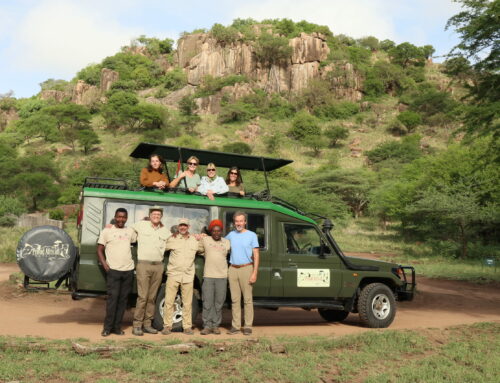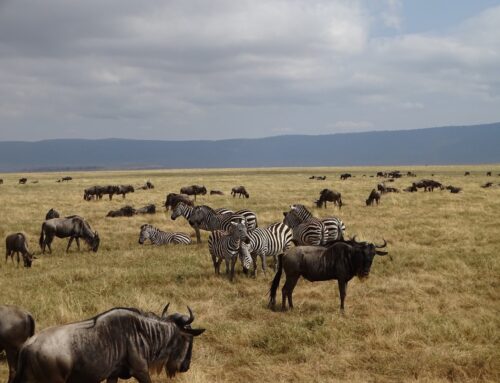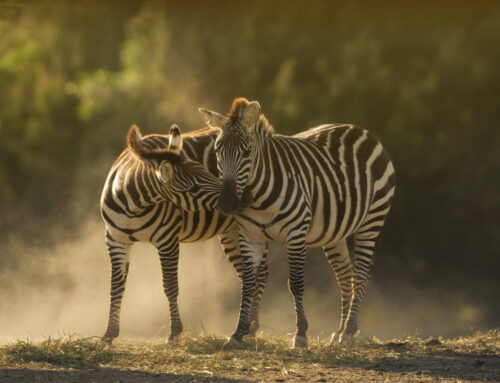Tourism: it’s one of the biggest global industries, but could it be doing more harm than good at a certain point, and could this be a particular issue in areas where wildlife is the source for the tourism industry?
There’s no denying the importance of Serengeti tourism for bolstering the local economy. Robust tourism numbers allow for increased conservation efforts and job creation, but is too much of a good thing actually a bad thing?
Scientists say yes. While Serengeti tourism may have benefits for humans and wildlife of the region alike, overtourism can have negative effects on that same wildlife. This isn’t merely conjecture—studies have shown that animals with already dwindling populations will avoid areas that have high human interference.
So, the question inevitably becomes, how many tourists are too many? On this front there’s no clear cut answer. The best way to solve the issue of overtourism is simply to divert some human traffic from more highly used parks to less commonly visited ones.
In this way, more tourists can be accommodated without creating a negative impact on the wildlife in the Serengeti. What’s more, a system of High Value Low Impact tourism is the one that most closely aligns with the needs of the Serengeti.
What exactly does that mean? Essentially, luxury safaris are actually those that best serve the Serengeti from an economic standpoint without creating a strain on the wildlife. Government intervention may prove necessary in coming years to allow locals to enjoy their natural heritage, but much of the responsibility falls on the tourism industry itself.
Unfortunately, there’s no hard and fast rule for how many tourists constitutes too many in a single area, but by weighing the needs of the wildlife against the tourism demand, the industry can strike a comfortable balance for Serengeti tourism that’s sustainable for many years to come.
Click the button below to talk to one of our Safari Specialists!
Recent Posts
Tourism: it’s one of the biggest global industries, but could it be doing more harm than good at a certain point, and could this be a particular issue in areas where wildlife is the source for the tourism industry?
There’s no denying the importance of Serengeti tourism for bolstering the local economy. Robust tourism numbers allow for increased conservation efforts and job creation, but is too much of a good thing actually a bad thing?
Scientists say yes. While Serengeti tourism may have benefits for humans and wildlife of the region alike, overtourism can have negative effects on that same wildlife. This isn’t merely conjecture—studies have shown that animals with already dwindling populations will avoid areas that have high human interference.
So, the question inevitably becomes, how many tourists are too many? On this front there’s no clear cut answer. The best way to solve the issue of overtourism is simply to divert some human traffic from more highly used parks to less commonly visited ones.
In this way, more tourists can be accommodated without creating a negative impact on the wildlife in the Serengeti. What’s more, a system of High Value Low Impact tourism is the one that most closely aligns with the needs of the Serengeti.
What exactly does that mean? Essentially, luxury safaris are actually those that best serve the Serengeti from an economic standpoint without creating a strain on the wildlife. Government intervention may prove necessary in coming years to allow locals to enjoy their natural heritage, but much of the responsibility falls on the tourism industry itself.
Unfortunately, there’s no hard and fast rule for how many tourists constitutes too many in a single area, but by weighing the needs of the wildlife against the tourism demand, the industry can strike a comfortable balance for Serengeti tourism that’s sustainable for many years to come.







